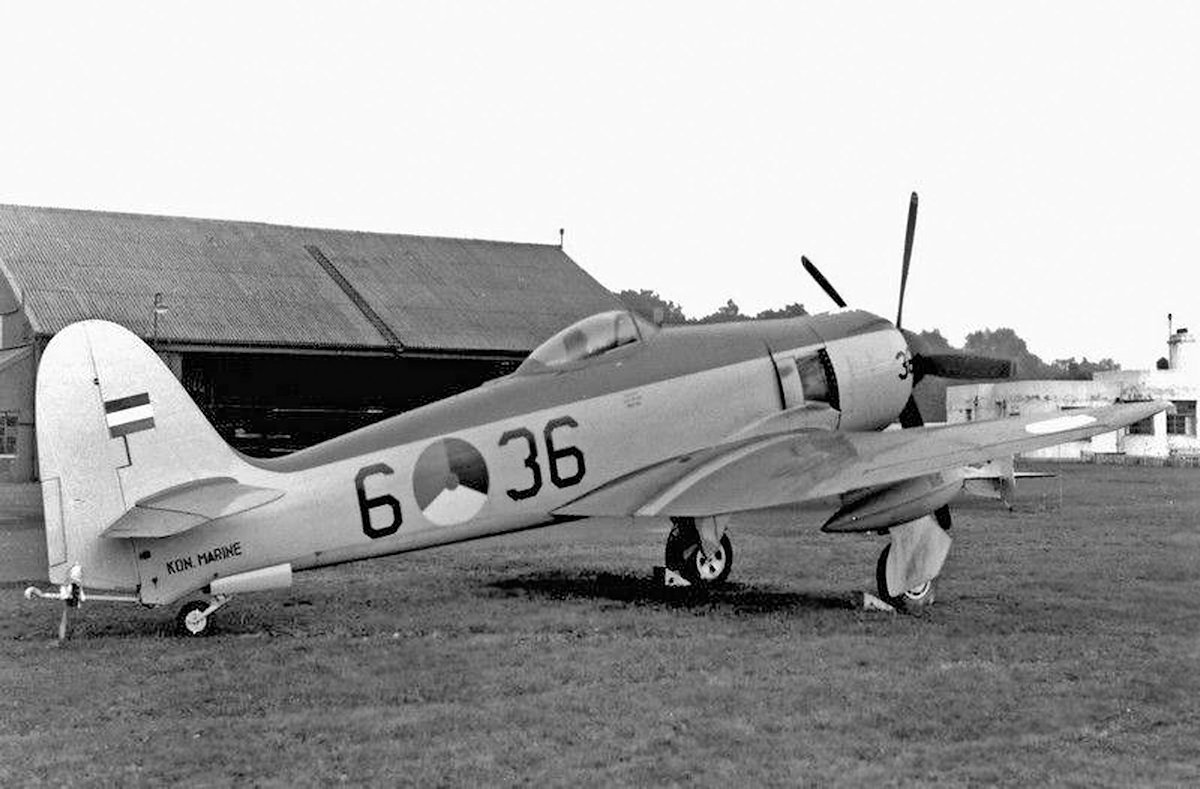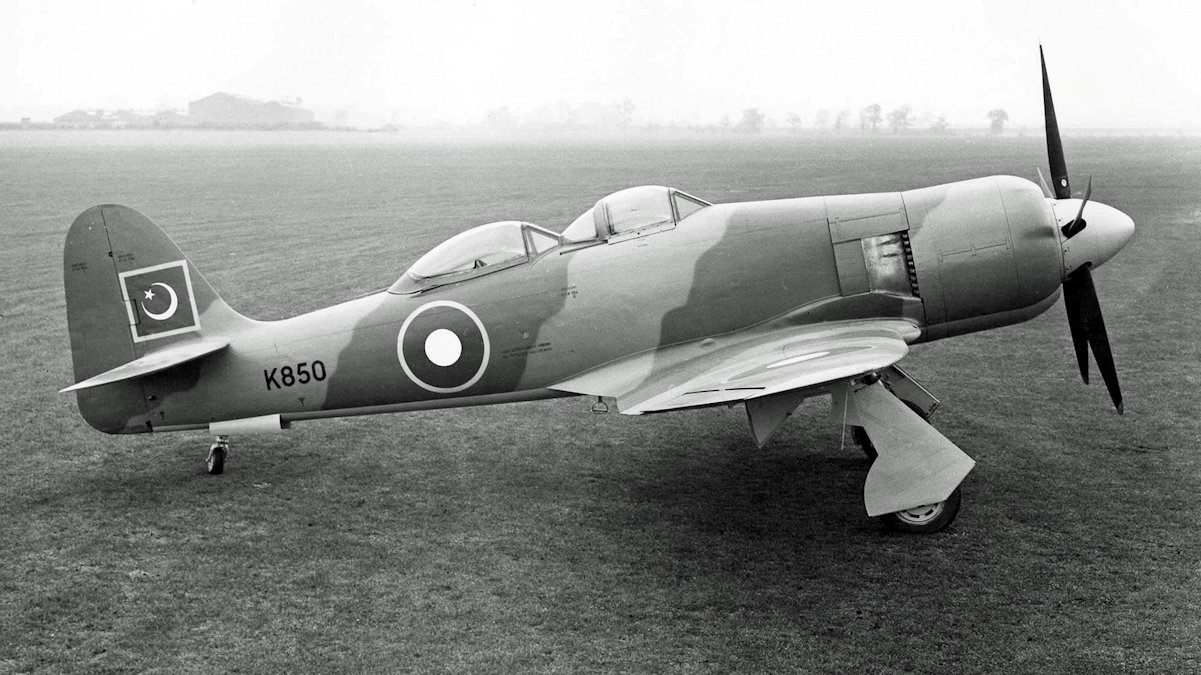Tag: Aircraft
-
Hawker Sea Fury in Dutch Service

Hawker Sea Fury in Dutch Service The Netherlands purchased ten Hawker Sea Fury F.50s (equivalent to the Fleet Air Arm’s F.X) in 1946. These operated from the Royal Netherlands Navy aircraft carrier HNLMS Karel Doorman QH1 (ex-HMS Nairana) as 860 Squadron. As the ship operated in conjunction with the Royal Navy, it was common to… Read more
-
Hawker Sea Fury in Pakistani Service

Hawker Sea Fury in Pakistani Service The Pakistan Air Force purchased a total of 87 new built Hawker Sea Fury FB.60 fighters between 1950 and 1952. Additionally the F.2/43 prototype NX802 was purchased and rebuilt to the same standard. The F.60 was identical to the FB.11 with naval gear removed. Between 1953 to 54, five… Read more
-
Hawker Sea Fury in Egyptian Service

Hawker Sea Fury in Egyptian Service The Royal Egyptian Air Force received 12 single seat Sea Furies in 1950-51. This was followed by the F.2/43 prototype NX798 G-AKRY. At least two Iraqi Furies were also presented to Egypt. Read more